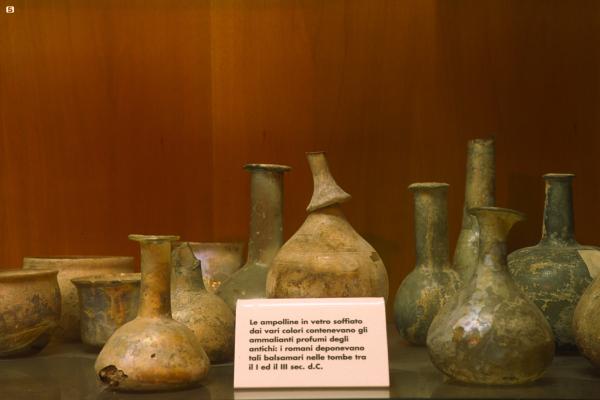Along the axis that crosses the old town centre of Oristano, from the Tower of Mariano to porta Mari, lies one of most famous squares in the town, Piazza Eleonora d'Arborea, in which there is a wealth of important and religious buildings. Around statue of the Giudicessa, you can admire the Church of San Francesco d'Assisi, Palazzo Corrias Carta and, on the corner of Corso Umberto I, Palazzo degli Scolopi. In its place, states the historian Angius, there was one a synagogue, 'justified' by the presence of a substantial Jewish colony that, during Spanish domination, was forced to leave the Island.

Historical building
A long history and various different functions accompany a historical building, enriched by neoclassical forms, located in Oristano, in the central-western part of Sardinia
A long history and various different functions accompany a historical building, enriched by neoclassical forms, located in Oristano, in the central-western part of Sardinia
See this place because...
This building is symbolizes Oristano, protagonist of the events taking place in the town for five centuries, with its neoclassical appearance that blends perfectly with the square in which it stands
Pictures and videos
You may also like
More attractions in the vicinity















